Kewpie: A new core product is born from insights of something that “would be nice to have”
In 2014, Kewpie launched its “Kewpie 3-Minute Cooking Mayo-Flavored Stir-Fry Sauce” made specifically for stir-frying. This product, which has received high praise from consumers as a new way to use mayonnaise, was born when the product development professionals at Kewpie recognized “a product like this would be nice to have.”
■The starting point was an “insight” drawn from the data
In a survey conducted by Kewpie on “what is important when cooking,” “minimal effort” and “cooking quickly with minimal time” were the top answers, highlighting the consumer need for easy and quick cooking.
Therefore, the person in charge of product development was convinced that homemakers would definitely be happy if there was a cooking sauce that was easy to use and delicious.
Based on their own experience, the person in product development knew that stir-frying with mayonnaise helps add richness to the ingredients and that it allows you to make a hearty vegetable stir-fry without adding meat or other protein-based ingredients. Therefore, they decided to develop an “all-in-one bottle of stir-fry sauce that perfects the taste.”
Although it was difficult selecting ingredients that would sufficiently capture the richness and flavor of mayonnaise, after much trial and error, they were able to find a balance of flavors that they were satisfied with, creating the “Kewpie 3-Minute Cooking Mayo-Flavored Stir-Fry Sauce (Pepper & Garlic Flavor)” and “Oyster & Ginger Flavor."
■Commitment to the consumer perspective
A lot of effort and thought has been put into the packaging and instructions for the “Kewpie 3-Minute Cooking Mayo-Flavored Stir-Fry Sauce.”
For packaging, instead of the traditional exterior film, they use shrink wrapping that adheres plastic to the bottle.
If you throw away the outer bag, you will no longer be able to see the instructions, but with shrink wrap-type packaging choice, you can always check the instructions when cooking. Because this is a product that proposes a new and unusual way of cooking, rather than a product with a previously known purpose, they decided to use shrink wrap, even if it increases the costs.
In addition, the wording of the instructions has been carefully thought out to ensure that the person preparing the food can easily understand.
For example, instructions regarding the amount of sauce added to the frying pan was changed from “2 tablespoons” to “4 centimeters in diameter,” and instructions regarding adding ingredients was changed from “when the sauce starts to melt” to “after 30 seconds,” with extensive consideration of the consumer perspective.
The resulting “Mayo-Flavored Stir-Fry Sauce” has received positive reviews from consumers, who say dishes are now “easy to make and convenient.”
[Source] J-Net21 | Kewpie 3-Minute Cooking Mayo-Flavored Stir-Fry Sauce | Inspired by being “nice to have” (Only in Japanese)
Toyo Suisan: “Maruchan Seimen” was developed with the conviction of an instant noodle manufacturer
The "Maruchan Seimen" series was released by Toyo Suisan in 2011. The development of Maruchan Seimen, which is popular for its smooth and chewy texture, was inspired by the strong conviction of the instant noodle manufacturer to “revitalize the bag-packaged noodle market.”
■Aiming to provide new value
When cup noodles were released, they became popular due to how easy it was to prepare by simply adding hot water, and the market for cup noodles expanded beyond noodles that previously only came in a bag.
Despite this, Toyo Suisan had confidence that if they could propose new value for bag-packaged noodles, they could revitalize the bag-packaged noodle market again.
With that, they focused on the “noodles.” After more than 1,000 prototypes using their “Raw Noodle As Is Manufacturing Method,” which was developed to breathe new life into bag-packaged noodles, they finally succeeded in creating a texture and taste similar to that of raw noodles.
A production line was built from scratch, preparing to bring a new type of bag-packaged noodles that Toyo Suisan made with persistence and determination.
■Above all, they prioritized “easy cooking”
When developing Maruchan Seimen, Toyo Suisan paid special attention to more than just the noodles. The taste of the soup, the design of the package, the shape of the noodles, etc. all show attention to uncompromising detail and consider the consumer perspective.
A survey by Toyo Suisan found that “about 70% of users add ingredients such as vegetables to their soups,” and so they are creating soups that go well with vegetables. They have made it easier for users to visualize the product by including cooking examples with the ingredients on the packaging.
In addition, the length of the noodles is kept short at around 25 to 30 millimeters so that they are easy to divide into bowls and easy for women, children, and the elderly to eat.
They paid even more attention to the shape of the noodles. Normally, bag-packaged noodles are often molded into rectangular shapes that are easier to handle during transportation, but since people use round pots to boil the noodles at home, they designed the noodles into a round shape to make them easier to cook.
Maruchan Seimen, which confidently advertises their priority for “easy cooking” based on consumer perspective over cost, they received a great response and quickly exceeded 500 million units shipped.
[Source] J-Net21 | “Maruchan Seimen” breathes new life into bag-packaged ramen! (Only in Japanese)
Kirin Beverage: “Sekai no Kitchens Kara” was inspired by a female employee who loves traveling abroad
Kirin Beverage's hit product “Sekai no Kitchen Kara” meaning “From kitchens all around the world” has an unusual, yet attention-grabbing name. The origin of this product was the “taste of home” experienced overseas by a female Kirin employee who likes to travel abroad.
■The keyword is "mother"
Kirin Beverage was developing this product at a time when demands among consumers were strict due to scandals surrounding food products. For this reason, although it is mass-produced, they wanted to create products that reflect those who created them.
At the same time, since there were many soft drinks targeting male consumers at the time, the product development approach was to create a product that would interest women.
With the two concepts of “a reflection of those who created the product” and products that “would interest women,” the keyword “mother” came to mind. In the product development process, she remembered the warm memories of the German family that hosted her during her short stay during her school days.
With such memories, she was inspired by the universal sentiment of mothers around the world cooking for their family with love, and while visiting mothers overseas, she recreated dishes from each region by hand, establishing a development process that required some extra effort.
■Product development based on free thinking
The first flavor, “Honey-Marinated Lemon Peel,” created through a process that could be described as interview-based product development, was highly praised by consumers, and the brand name “Sekai no Kitchen Kara” quickly became popular.
Since then, new flavors have been released one after another, including “Diabolo Ginger,” a carbonated drink inspired by diabolo (syrup mixed with soda) from the Provence region of France, and “Melty Peach,” a milky drink inspired by Hungarian fruit soup.
The “Salty Lychee” drink, based on a Thai dessert with fruit soaked in a sweet and salty syrup, was released in the summer of 2011 and became an explosive hit.
Since then, the product development team has traveled around the world and launched products in a variety of categories, including the series' first hot beverage, “Aromatic Roasted Corn Potage,” and the flavored tea “Gently Fragrant Citrus Jasmine.”
A major characteristic is that they were not limiting their product categories to soft drinks, lactic acid drinks, and carbonated drinks and developed a wide range of new items with unrestricted ideas.
[Sources]
Gender Equality Bureau Cabinet Office | Examples of new product development led by women (Only in Japanese)
J-Net21 | Pursuing the taste of handmade products that take a lot of effort "Sekai no Kitchen Kara" (Only in Japanese)
Calbee: “Furushaka” was derived from customer feedback and data analysis
"Calbee Future Labo" was established to develop hit products with new concepts through collaboration with outside parties. “Furushaka,” the first product from Calbee Future Labo, was released in 2018 and is a product under the new concept of “edible cheering goods.”
■Using data that doesn’t narrow down the area
Calbee Future Labo, which has an “overwhelming customer-oriented” philosophy, is characterized by product development that creates value in areas other than “taste.”
Based on the idea that “only customers know the what's right,” Calbee Future Labo positions thousands of consumers as supporters and engages in initiatives to listen to their voices, or opinions.
For example, they conduct interviews with supporters and collect information about their daily lives in detail. This is not a simple interview to confirm consumer demands when it comes to food but a process of digging into latent needs to catch a glimpse of various perspectives such as what they like, what they don't like, their concerns, and human relationships through a survey.
The insights gained from the interviews written down on sticky notes and posted across a wall, and by pinpointing the ones that resonate the most, they are able to discover the latent needs among consumers.
When it comes to data utilization, Calbee Future Labo values multifaceted expansion rather than narrowing down to a specific target or area. They are conscious of broadening their perspective three-dimensionally by making full use of the tools provided by VALUES that allow them to see the history of consumers' daily digital behavior and its trends.
■The expansion of the ideas led to the final product
Calbee Future Labo's long-awaited first product, “Furushaka,” is a snack where seasoning powder can be added to the diced potato snacks and shaken to mix. These are edible cheering goods that make a sound when shaken to mix them.
They took advantage of “sound,” which is often considered negative when it comes to food, and transformed it into a positive by associating it with “cheering,” which is a joy for both those doing it and those receiving it. “Furushaka” was also an idea derived from the findings from interviews and data analysis.
[Source] MarkeZine|Calbee takes on the challenge of overwhelmingly customer-oriented new product development, using data to discover latent needs as practiced with VALUES, Inc. (Only in Japanese)
Marsan-Ai: Analyzing “deep consumer psychology” that cannot be seen in POS data using search data from the online behavior logs
Marusan-Ai Co., Ltd. manufactures and sells a wide variety of products, mainly soy milk. The company has implemented the use of "Dockpit," a analytics tool for analyzing competitors' websites provided by VALUES, and uses it for a wide range of purposes, including hypothesis testing and for material for sales and business discussions with customers.
■Product development that meets diverse consumer needs
Marusan-Ai's strength is that they offer soy milk products that suit people across all ages and both men and women based on the concept that “There is a soy milk for everyone.”
They create products that respond to changing consumer needs, such as flavors that are easy to drink even for people who don't like soy milk, higher-grade soy milk made with carefully selected ingredients, and health-conscious products such as low-calorie and low-sugar products.
The company uses Dockpit to analyze deep consumer psychology that is not apparent in the POS data by using search data from online behavior logs and utilizes this information for product planning, hypothesis testing, and promotional strategies.
The person in charge shared that “[they] were able to learn about unexpected consumer needs and keywords that were not revealed through traditional discussions, and by providing an opportunity to develop ideas from multiple angles, [they] were able to improve the quality of [their] product planning-related meetings.''
■Use data widely beyond product development
At Marusan-Ai, they value the perspective of how they can move the hearts of the distributors, who are the point of contact with consumers, as much as they value the creation of the products. They are also focused on using data to capture a deeper understanding of the consumer psychology so that sales representatives can communicate effectively with distributors.
For example, searches for the keyword "plum" increases in the month of May, so supermarkets strengthen their plum wine-related products, but if you look closely at the search data, you can see that “plum juice” is attracting just as much attention as “plum wine.” If you can advise distributors that they “should consider selling plum wine” by showing them the data, you can help contribute to the supermarket's sales and deepen relationships with the distributors.
By taking such persuasive approach that utilizes data, Marusan-Ai's sales staff will have the information that greatly differentiates them from other companies, and the chances of partners carrying their products will greatly increase.
Summary
In this article, we introduced how hit products from food manufacturers such as Kewpie, Calbee, and Kirin were developed.
The following are the key product development points that each company focused on in the products featured in this article.
・Thorough customer perspective
・Conviction of the product developer
・Free thinking that doesn’t narrowing down the area
・Exploration of latent consumer psychology
・Effective use of data
In particular, the use of data is extremely important in terms of accurately capturing market trends and gathering materials to uncover latent consumer needs.
The tool “Dockpit,” developed and provided by VALUES, which also operates the media website "Manamina,” helps companies uncover latent needs that cannot be grasped from POS data and offers the analysis of trending search words that help discover the next best products.
Dockpit helps efficiently gather information for competitor analysis, marketing research, and hypothesis testing, which are essential for product development and promotional strategies.
You can try Dockpit for FREE, so please do not hesitate to check it out.
About Dockpit
▼Dockpit is an online behavior analytics tool provided by VALUES, Inc., and it allows you to access online behavioral data (updated monthly) via your browser so you can research competitor websites and investigate trends. There is a FREE version of Dockpit, so if you are interested in using it, please register below.
※日本語での記事はこちらをご確認ください

食品メーカーにおける商品開発の事例5選 〜 キユーピー、カルビー、キリンなど
https://manamina.valuesccg.com/articles/3336食品業界において、企業の成功を大きく左右する「商品開発」。本記事では、お菓子や飲料などさまざまなヒット商品を生み出した企業の商品開発にまつわるエピソードをご紹介します。特に、いくつかの企業で共通していた「徹底的な顧客視点」や「データの有効活用」といったキーポイントに焦点を当て、消費者に新たな価値を届けるための開発プロセスを掘り下げていきます。
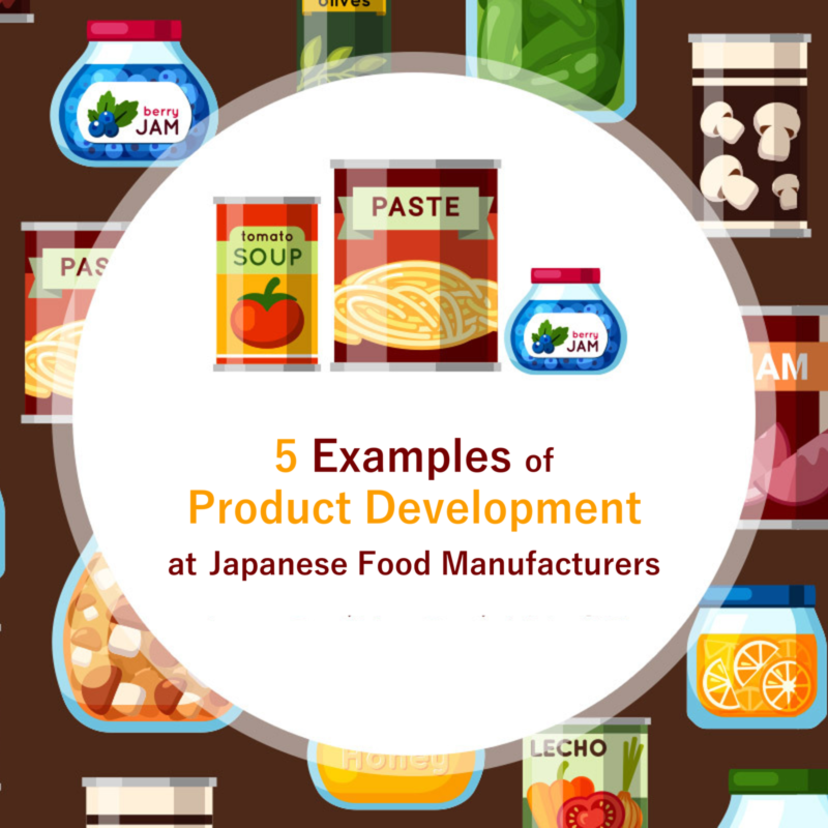

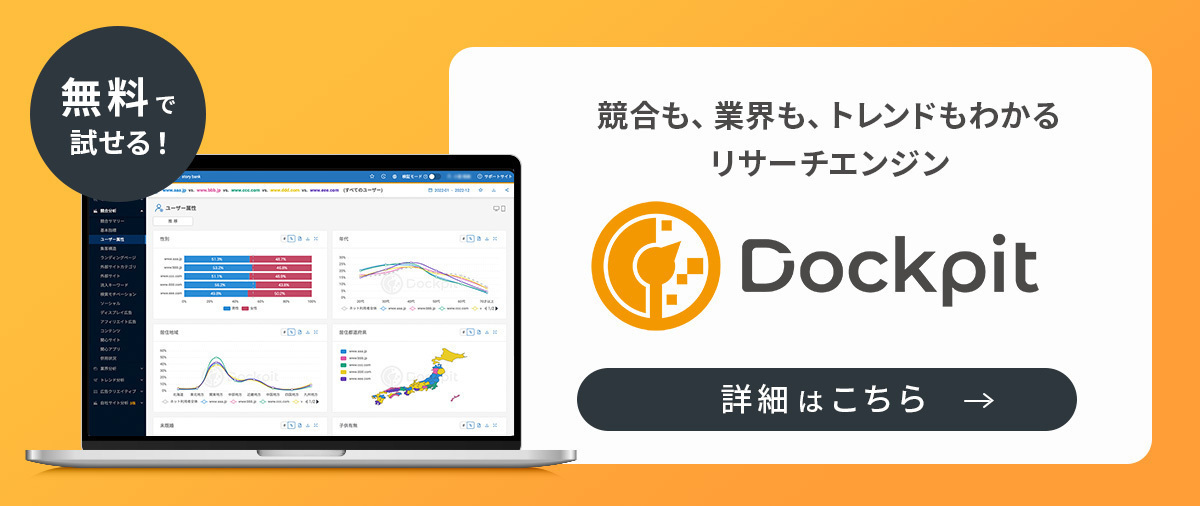
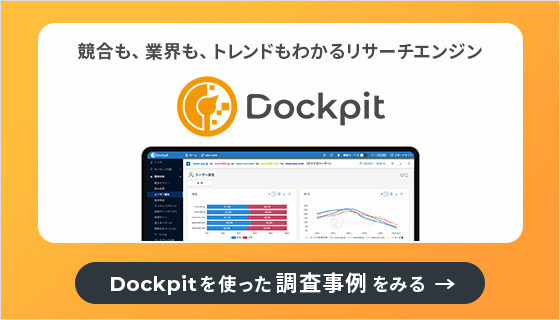




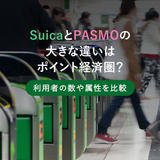

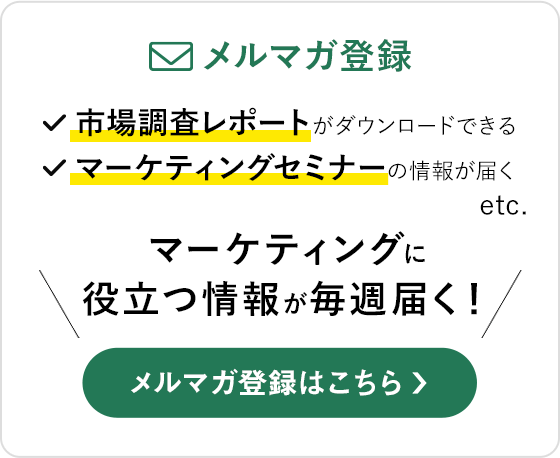
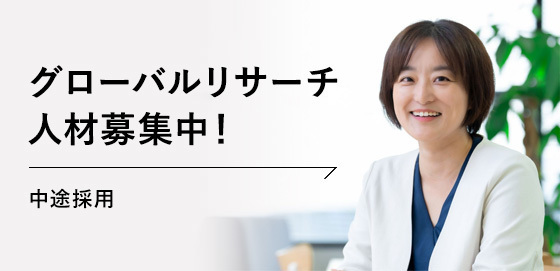











Born and raised in the Bay Area, U.S.A, I was fascinated by the different social and purchasing behaviors between Japanese and American consumers. I studied communication for undergrad and international marketing for my graduate studies. My professional background is in bilingual recruitment and Japanese-English translation.